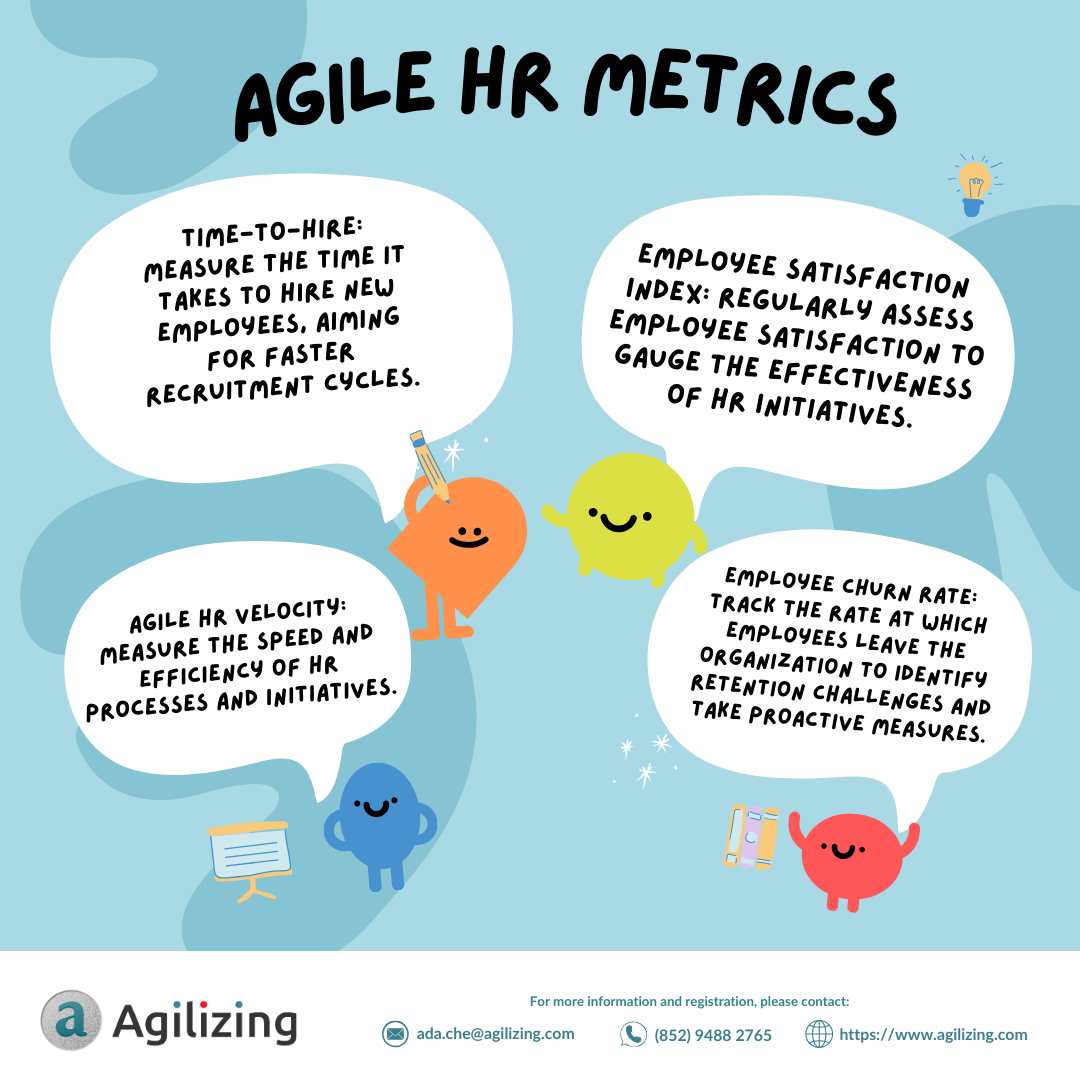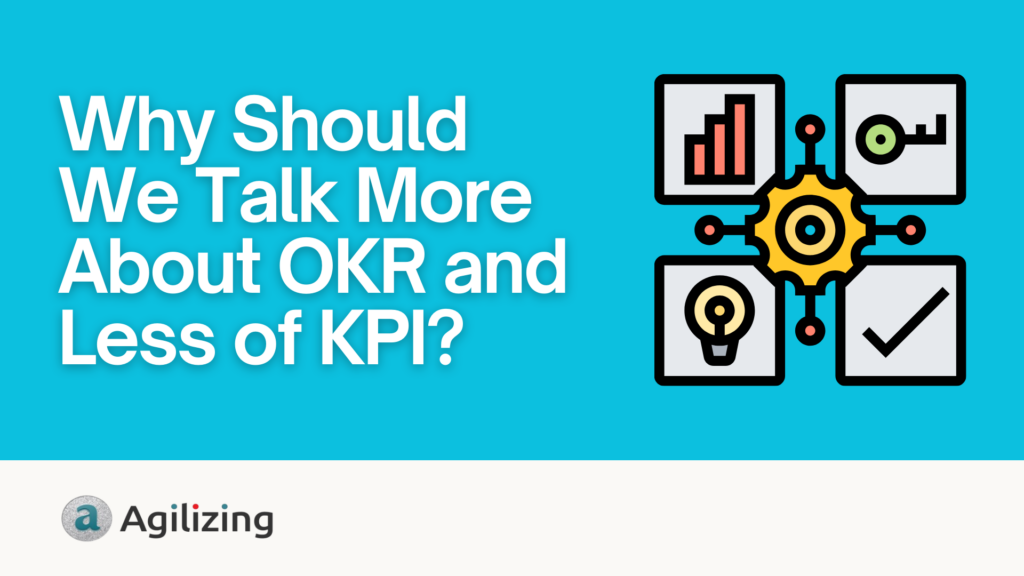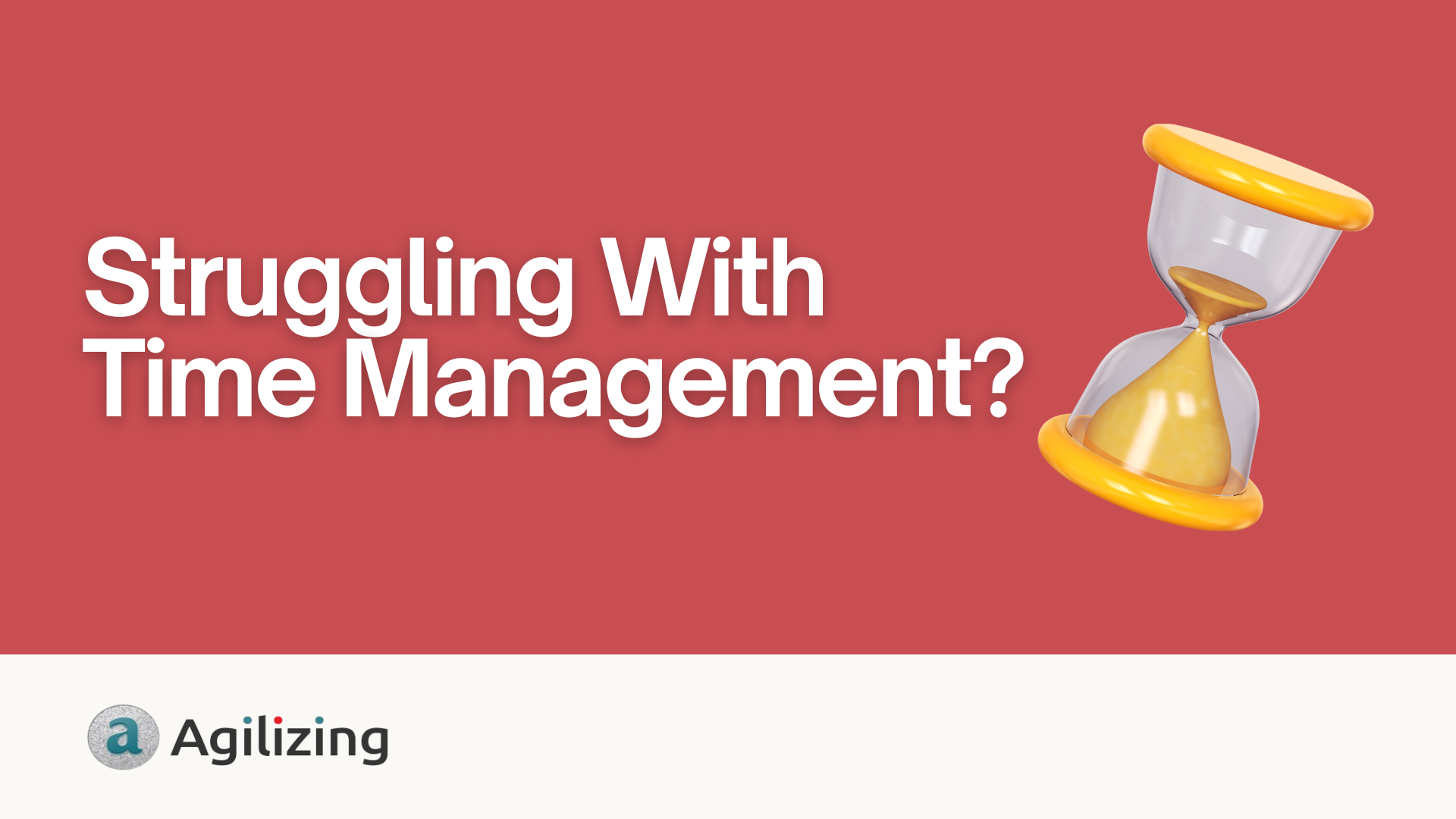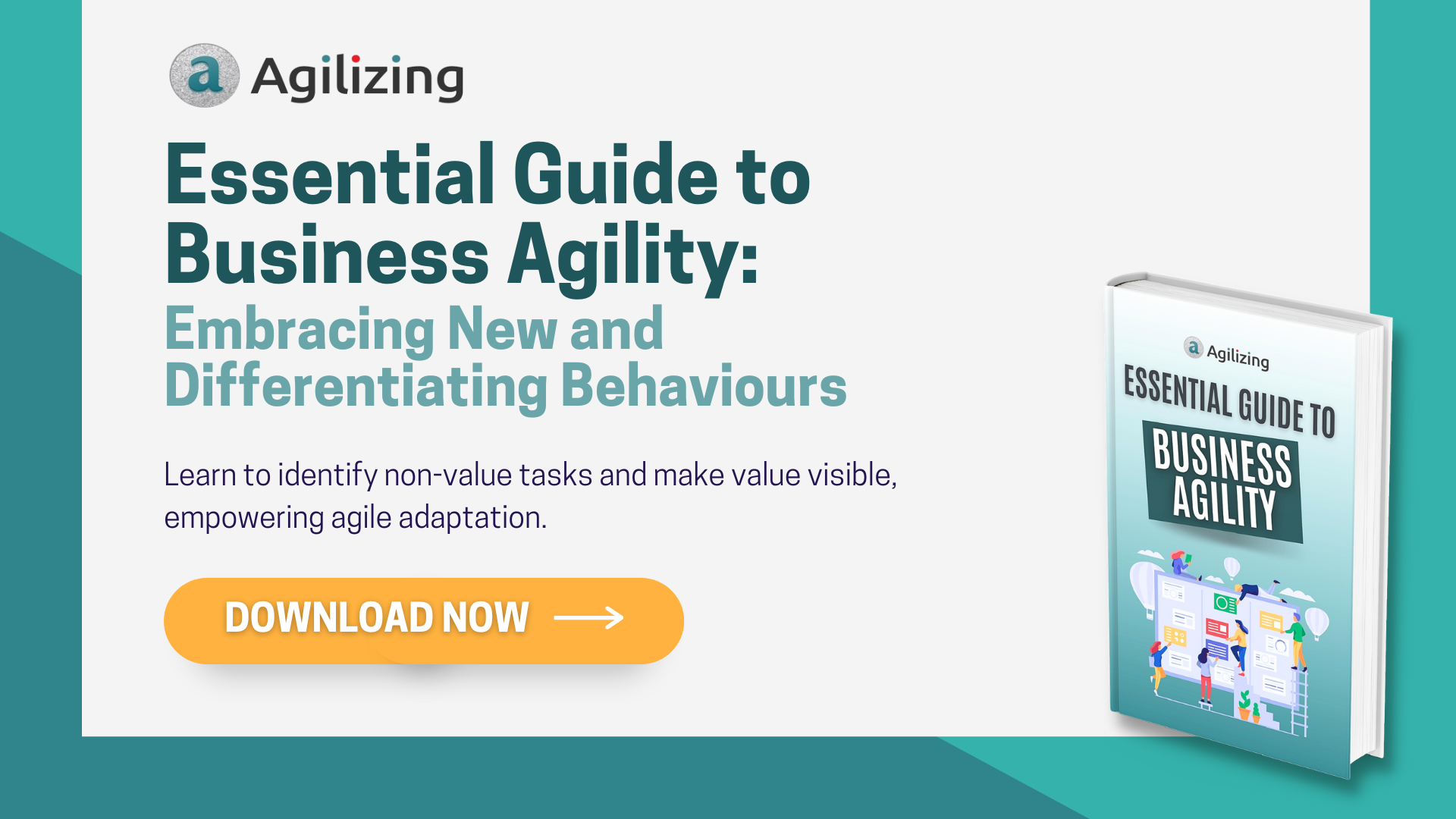
Agile HR Metrics
Are you ready to transform your HR practices and drive organizational success? 🚀 Embracing an agile mindset in HR is the key! Here are four essential Agile HR Metrics that

In recent years, more and more businesses have started to abandon traditional annual performance evaluations. General Electric (GE) announced that they would no longer use an annual appraisal system. Other well-known companies like Microsoft, IBM, Adobe, etc. followed suit. Many managers believe that traditional performance assessments are easily bureaucratic and may lead employees to engage in power struggles just to get better scores.
OKRs (Objectives and Key Results) is a goal-setting framework that was first introduced by Andy Grove, the former CEO of Intel, in his book “High Output Management” in 1970s. The concept behind OKRs is to set specific objectives with measurable key results that align with an organization’s overall strategy. This approach helps teams focus on what matters most and track their progress towards achieving their goals.
The development of OKRs is originally derived from the theory of Management by Objectives (MBOs). As early as 1950s, Peter Drucker proposed the basic framework of MBO in his book “The Practice of management“. He advocated that managers should establish clear goals and communicate them to their employees to achieve ideal contributions.
However, Andy Grove found that many companies had deviated from Drucker’ original intention during the implementation process of goal management. For example, some supervisors forcibly allocated their own goals to subordinates; companies reviewed goals annually without keeping up with market changes; even worse, employees were unaware of the company’s overall direction and only focused on meeting performance targets. Therefore, Grove improved the model of Goal Management and put forward OKRs, which was introduced into Google by venture capitalist John Doerr. The success of Google has attracted more enterprises to try this system.
OKRs provide numerous benefits to organizations beyond just assisting them in determining their course of action. One significant advantage is its ease of comprehension and implementation by employees, eliminating confusion arising from intricate theories, as stated by Dick Costolo -former CEO at Twitter- who swiftly established a coherent direction post introduction of this methodology. Additionally, teams are accorded the liberty to establish their cycles; majority of firms embrace a quarter cycle, whereby outcomes can undergo evaluation on a quarterly basis or monthly; facilitating modifications during subsequent objective settings. Such adaptability renders OKRs more effective in responding to marketplace transformations compared to conventional annual appraisals.
The OKR thinking system can also assist businesses in implementing their vision. For example, some leaders manage organizations by repeatedly conveying a concept or order to employees, assuming that they will eventually understand and internalize it. However, this approach often leads to confusion among subordinates, resulting in organizational dysfunction. In contrast, the integration of OKRs involves collaborative discussions at all levels before setting goals, preventing departments from working independently for their own interests.
The main distinction between KPI and OKR is that KPIs outline what is expected from organizations whereas OKRs represent self-driven goals set by individuals or teams with the aim of achieving a broader company objective. OKRs serve as a reminder of ongoing and upcoming tasks rather than evaluating team performance.
When considering which type of teams are best suited for implementing OKR methodology, it’s helpful to categorize jobs into one of two groups – algorithmic or explorational work. Algorithmic work involves following specific instructions to achieve a desired outcome, much like how a cash register employee would operate. On the other hand, explorative work entails experimenting with different approaches to finding improved solutions- this could apply to roles such as a knowledge worker. Given that the latter category deals with rapidly changing business environments and demands greater levels of innovation, adopting OKR systems makes more sense.

Are you ready to transform your HR practices and drive organizational success? 🚀 Embracing an agile mindset in HR is the key! Here are four essential Agile HR Metrics that

Many of us find ourselves juggling multiple responsibilities, deadlines, and commitments, struggling to stay on top of it all. The constant demands on our time can leave us feeling overwhelmed,

Lean systems thinking, derived from the Toyota Production System, focuses on eliminating waste, maximizing value, and optimizing processes. By adopting a lean systems perspective, businesses can establish a direct and

Citizens in Hong Kong were relieved to hear the postpone of garbage levy (also known as the Municipal Solid Waste Charging Scheme) implementation date to August 2024, the third postpone

High Performance Questions are an effective tool for enabling Business Agility. They motivate fresh thinking and challenge outdated assumptions. A powerful question comes from a place of curiosity, stimulates reflective

Business Agility requires a whole new way of thinking about work and reducing the cost of value. When we recognize our organization as a complex system, many traditional management models